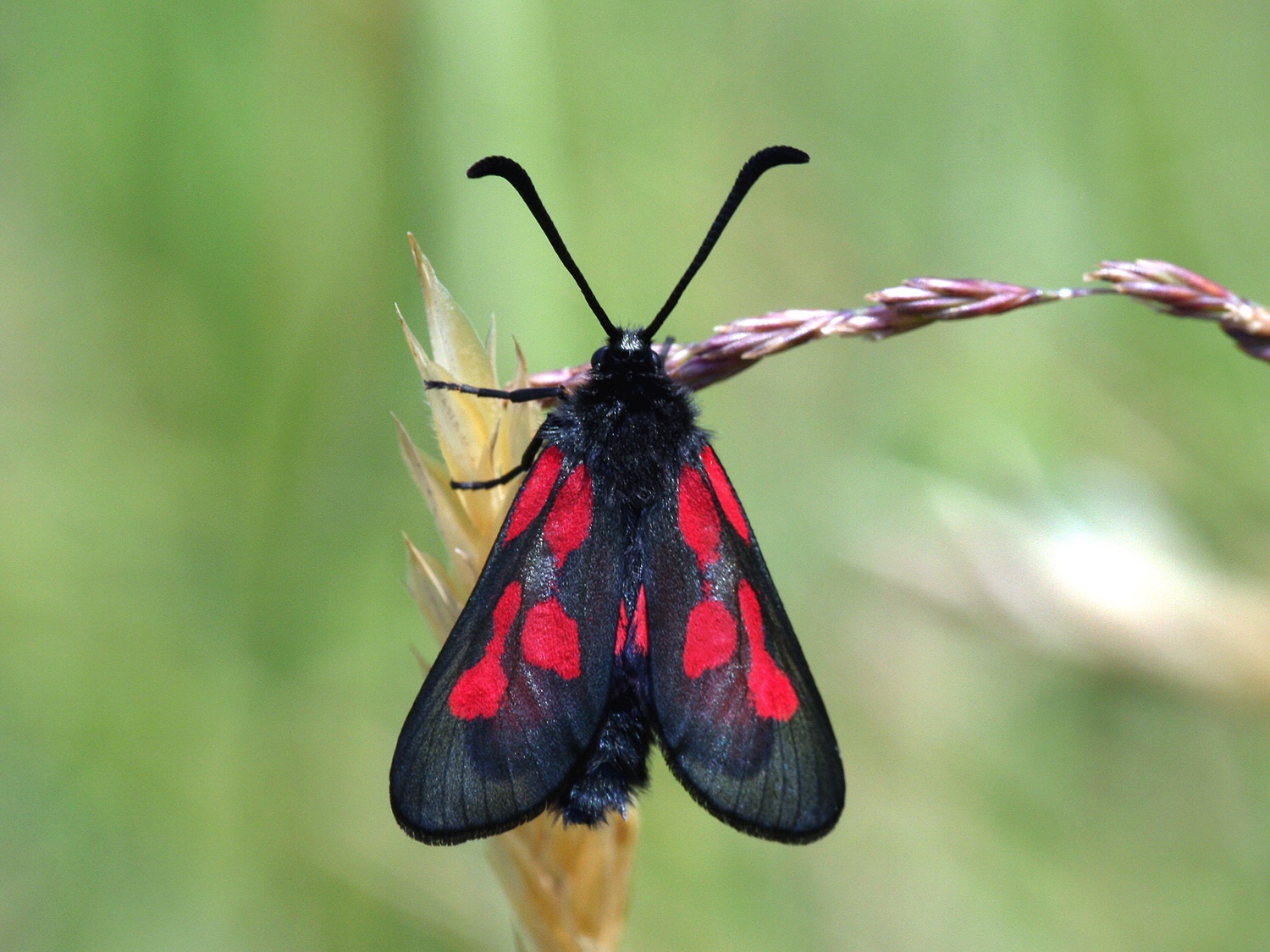British and Irish moths are on the move
Scientists from Britain and Ireland who have been involved in compiling the newly published Atlas of Britain and Ireland’s Larger Moths have revealed that our moths are on the move.
A series of dramatic changes has driven this development. Intensive agriculture has caused the decline of many moth species through the destruction of wildlife-rich habitats and use of fertilizers and pesticides.

Widespread environmental pollution such as artificial light at night and chemicals in the air and soil, are altering plant and animal communities in ways that we don’t yet fully understand. Man-made climate change has facilitated the spread of moths to new parts of Britain and Ireland that were formerly too cold, while at the same time posing a long-term risk to species found in cool and restricted habitats such as mountainsides.
The book is comprehensive and lists 893 species in all and the scientists’ analysis of distribution records over the period 1970-2016 in particular showed that 31% of 390 larger moth species decreased significantly in Britain. During that same period 38% of them became significantly more widespread in Britain (with the remainder showing non-significant changes).
As a result, the suite of moths found in any particular part of Britain and Ireland is changing rapidly as some are lost due to habitat destruction while others colonise.
The atlas is the first publication to trace the distribution of all larger moths of Britain, Ireland, the Isle of Man and the Channel Islands in forensic detail.
It is based on more than 25 million records sourced from Butterfly Conservation’s National Moth Recording Scheme and the MothsIreland database. These date from the 18th century through to 2016, meaning this volume contains 275 years of moth-recording effort all available in one.
The book represents a major stride forwards both for moth recording and conservation. This beautifully produced, hefty volume includes distribution maps, distribution and abundance trends, and phenology charts which will help scientists to further track the fortunes of Britain and Ireland’s larger moths.
